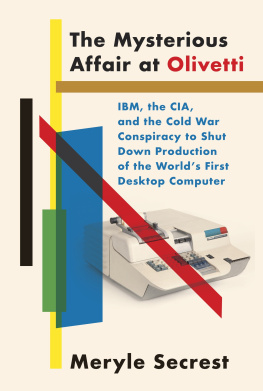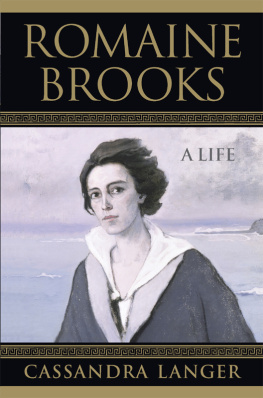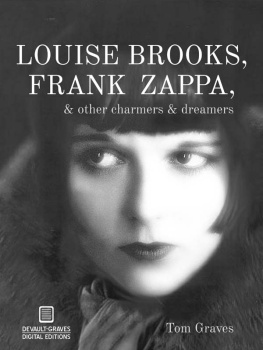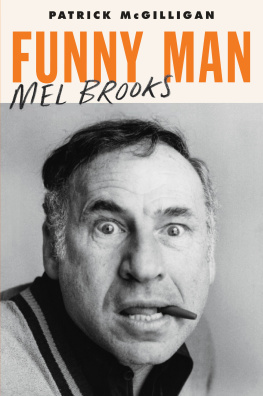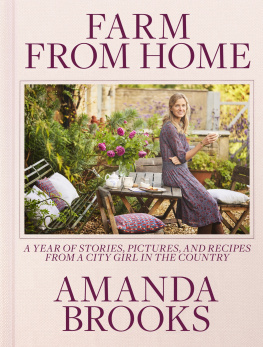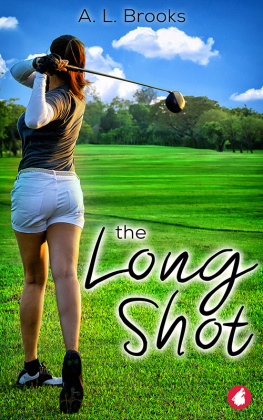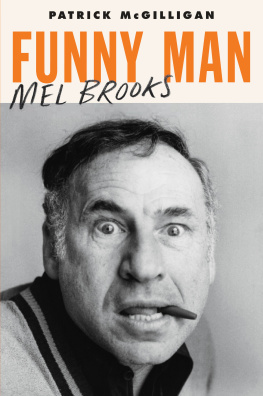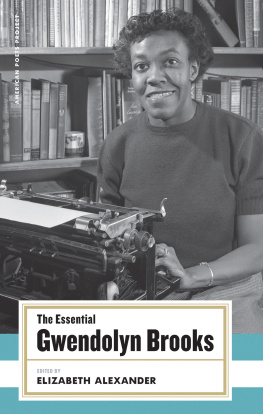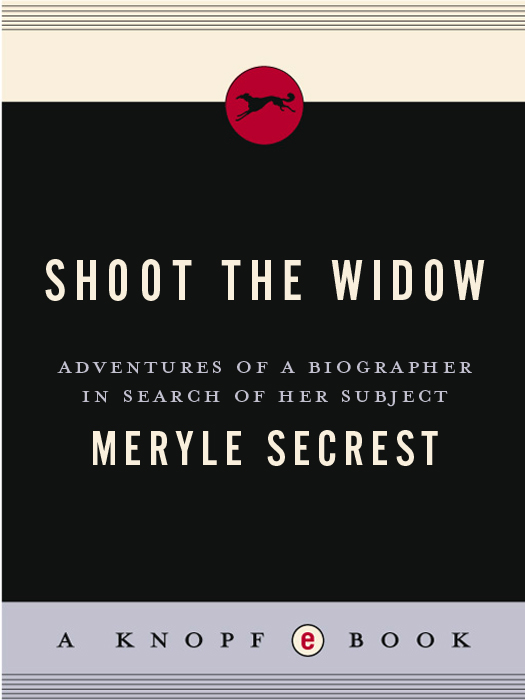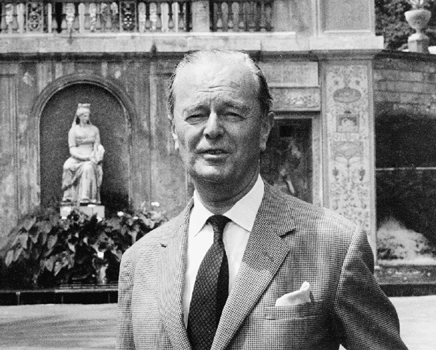Meryle Secrest - Shoot the Widow: Adventures of a Biographer in Search of Her Subject
Here you can read online Meryle Secrest - Shoot the Widow: Adventures of a Biographer in Search of Her Subject full text of the book (entire story) in english for free. Download pdf and epub, get meaning, cover and reviews about this ebook. year: 2011, publisher: Knopf Doubleday Publishing Group, genre: Non-fiction. Description of the work, (preface) as well as reviews are available. Best literature library LitArk.com created for fans of good reading and offers a wide selection of genres:
Romance novel
Science fiction
Adventure
Detective
Science
History
Home and family
Prose
Art
Politics
Computer
Non-fiction
Religion
Business
Children
Humor
Choose a favorite category and find really read worthwhile books. Enjoy immersion in the world of imagination, feel the emotions of the characters or learn something new for yourself, make an fascinating discovery.

- Book:Shoot the Widow: Adventures of a Biographer in Search of Her Subject
- Author:
- Publisher:Knopf Doubleday Publishing Group
- Genre:
- Year:2011
- Rating:4 / 5
- Favourites:Add to favourites
- Your mark:
Shoot the Widow: Adventures of a Biographer in Search of Her Subject: summary, description and annotation
We offer to read an annotation, description, summary or preface (depends on what the author of the book "Shoot the Widow: Adventures of a Biographer in Search of Her Subject" wrote himself). If you haven't found the necessary information about the book — write in the comments, we will try to find it.
In her new book, Meryle Secrest, acclaimed biographer (Knowing, sympathetic and entertainingly drollThe New York Times), writes about her comic triumphs and misadventures as a biographer in search of her nine celebrated subjects, about how the hunt for a life is like working ones way through a maze, full of fall starts, dead ends, and occasional clear passages leading to the next part of the puzzle.
She writes about her first book, a life of Romaine Brooks, and how she was led to Nice and given invaluable letters by her subjects heir that were slid across the table, one at a time; how she was led to the villa of Brooks lover, Gabriele dAnnunzio (poet, playwright, and aviator), a fantastic mausoleum left untouched since the moment of his death seventy years before; to a small English village, where she uncovered a lost Romaine Brooks painting; and finally, to 20, rue Jacob, Paris, where Romaines lover, Natalie Barney, had fifty years before entertained Cocteau, Gide, Proust, Colette, and others.
Secrest describes how her next booka life of Berensonprompted Francis Steegmuller, fellow biographer, to comment that he wouldnt touch the subject with a ten-foot pole.
For her life of British art historian Kenneth Clark, Secrest was given permission to write the book by her subject, who surreptitiously financed it in the hopes of controlling its contents; we see how Clarks plan was foiled by a jealous mistress and a stash of love letters that helped Secrest navigate Clarks obstacle course.
Among the other biographical (mis)adventures, Secrest reveals: how she tracked Salvador Dal to a hospital room, found him recovering from serious burns sustained in a mysterious fire, and learned that he was knee-deep in a scandal involving fake drawings and prints and surrounded by dangerous characters out of Murder, Inc. . . . and how she went in search of a subjects grave (Frank Lloyd Wrights) only to find that his body had been dug up to satisfy the whim of his last wife.
A fascinating account of a life spent in sometimes arduous, sometimes comical, always exciting pursuit of the truth about other lives.
Meryle Secrest: author's other books
Who wrote Shoot the Widow: Adventures of a Biographer in Search of Her Subject? Find out the surname, the name of the author of the book and a list of all author's works by series.

